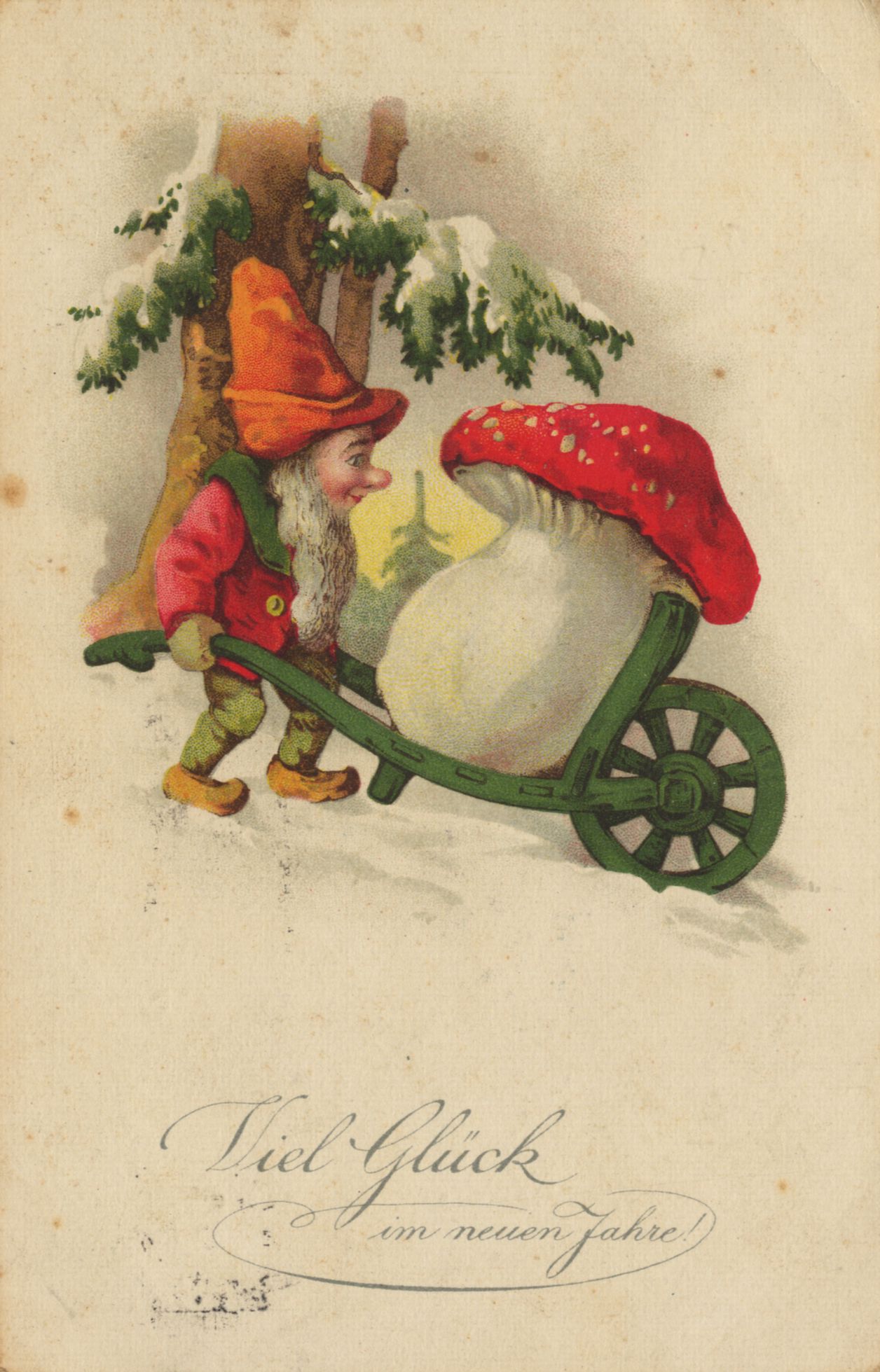|
Russula Versicolor
''Russula versicolor'' is a mushroom in the genus ''Russula ''Russula'' is a very large genus composed of around 750 worldwide species of fungi. The genus was described by Christian Hendrik Persoon in 1796. The mushrooms are fairly large, and brightly colored – making them one of the most recognizable ...''. It is considered inedible. See also * List of ''Russula'' species References External links * * versicolor Fungi of Europe Fungi described in 1931 Fungus species {{Russulales-stub ... [...More Info...] [...Related Items...] OR: [Wikipedia] [Google] [Baidu] |
Mushroom
A mushroom or toadstool is the fleshy, spore-bearing Sporocarp (fungi), fruiting body of a fungus, typically produced above ground on soil or another food source. ''Toadstool'' generally refers to a poisonous mushroom. The standard for the name "mushroom" is the cultivated white button mushroom, ''Agaricus bisporus''; hence, the word "mushroom" is most often applied to those fungi (Basidiomycota, Agaricomycetes) that have a stem (Stipe (mycology), stipe), a cap (Pileus (mycology), pileus), and gills (lamellae, sing. Lamella (mycology), lamella) on the underside of the cap. "Mushroom" also describes a variety of other gilled fungi, with or without stems; therefore the term is used to describe the fleshy fruiting bodies of some Ascomycota. The gills produce microscopic Spore#Fungi, spores which help the fungus spread across the ground or its occupant surface. Forms deviating from the standard Morphology (biology), morphology usually have more specific names, such as "bolete", " ... [...More Info...] [...Related Items...] OR: [Wikipedia] [Google] [Baidu] |
Russula
''Russula'' is a very large genus composed of around 750 worldwide species of fungi. The genus was described by Christian Hendrik Persoon in 1796. The mushrooms are fairly large, and brightly colored – making them one of the most recognizable genera among mycologists and mushroom collectors. Their distinguishing characteristics include usually brightly coloured caps, a white to dark yellow spore print, brittle, attached gills, an absence of latex, and absence of partial veil or volva tissue on the stem. Microscopically, the genus is characterised by the amyloid ornamented spores and flesh (trama) composed of spherocysts. Members of the related genus ''Lactarius'' have similar characteristics but emit a milky latex when their gills are broken. The ectomycorrhizal mushrooms are typically common. Although some species are toxic, a number of others are edible. Taxonomy Christian Hendrik Persoon first circumscribed the genus ''Russula'' in his 1796 work ''Observationes Mycologi ... [...More Info...] [...Related Items...] OR: [Wikipedia] [Google] [Baidu] |
List Of Russula Species
This is a list of ''Russula'' species. The genus ''Russula'' has a widespread distribution, and contains almost 1400 species. Species As of February, 2024, the following species are recognised in the genus ''Russula'': A * '' Russula abbotensis'' K. Das & J.R. Sharma (2005) * '' Russula abbottabadensis'' Saba & Adamčík (2019) * '' Russula abietiphila'' Wisitr., H. Lee & Y.W. Lim (2019) * '' Russula abietum'' (J. Blum) Bon (1983) * '' Russula absphaerocellaris'' X.Y. Sang & L. Fan (2016) * '' Russula acerba'' (Singer & A.H. Sm.) Trappe & T.F. Elliott (2018) * '' Russula aciculocystis'' Kauffman ex Bills & O.K. Mill. (1984) * '' Russula acriannulata'' Buyck (1993) * '' Russula acrifolia'' Romagn. (1997) * '' Russula acriuscula'' Buyck (1988) * '' Russula acrolamellata'' McNabb (1973) * '' Russula acuminata'' Buyck (1988) * '' Russula acutispora'' R. Heim (1971) * '' Russula adalbertii'' Reumaux, Moënne-Locc. & Bidaud (1999) * '' Russula adelae'' Čern. (1951) * '' Russu ... [...More Info...] [...Related Items...] OR: [Wikipedia] [Google] [Baidu] |
Fungi Of Europe
A fungus (: fungi , , , or ; or funguses) is any member of the group of eukaryotic organisms that includes microorganisms such as yeasts and mold (fungus), molds, as well as the more familiar mushrooms. These organisms are classified as one of the kingdom (biology)#Six kingdoms (1998), traditional eukaryotic kingdoms, along with Animalia, Plantae, and either Protista or Protozoa and Chromista. A characteristic that places fungi in a different kingdom from plants, bacteria, and some protists is chitin in their cell walls. Fungi, like animals, are heterotrophs; they acquire their food by absorbing dissolved molecules, typically by secreting digestive enzymes into their environment. Fungi do not photosynthesize. Growth is their means of motility, mobility, except for spores (a few of which are flagellated), which may travel through the air or water. Fungi are the principal decomposers in ecological systems. These and other differences place fungi in a single group of related o ... [...More Info...] [...Related Items...] OR: [Wikipedia] [Google] [Baidu] |


